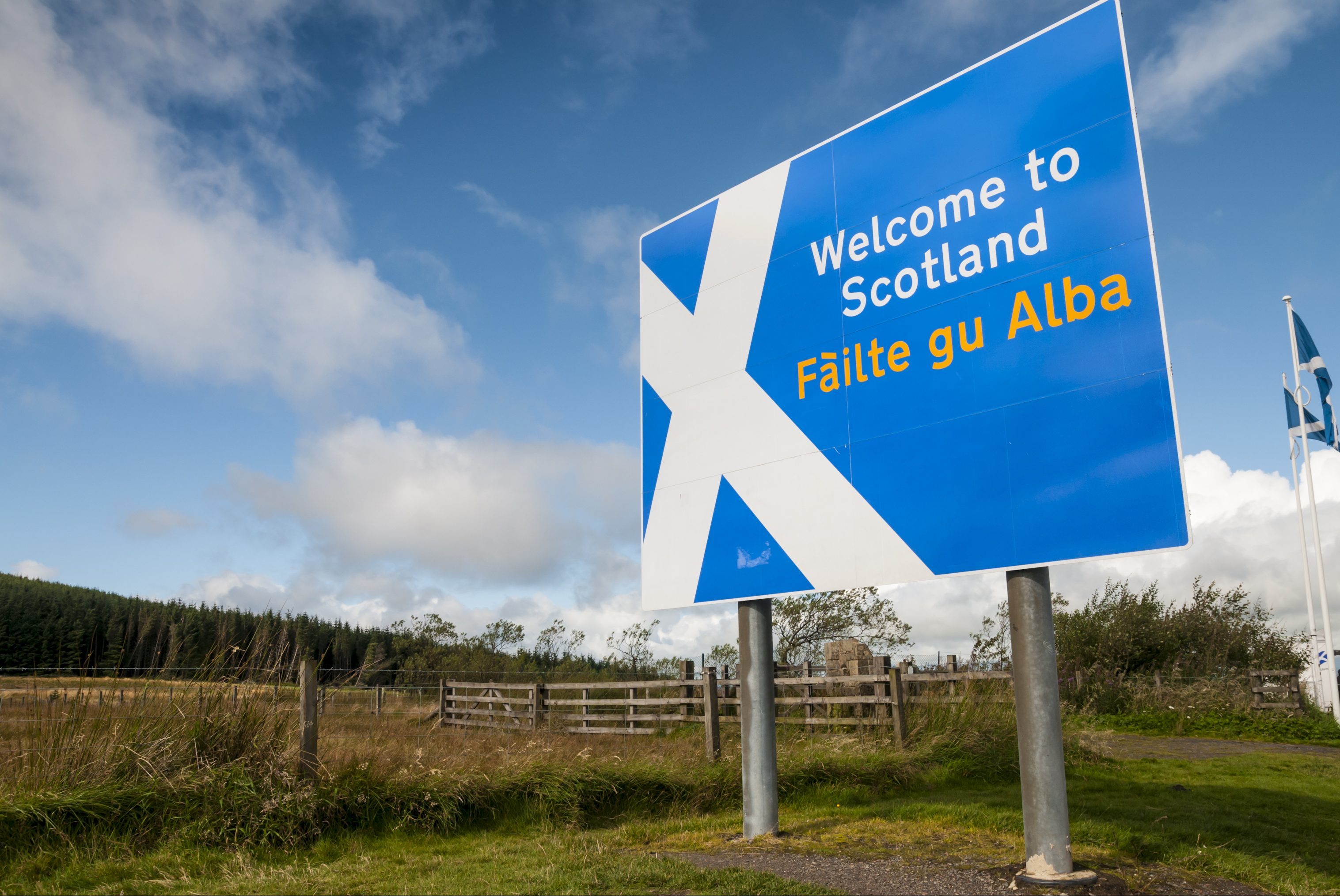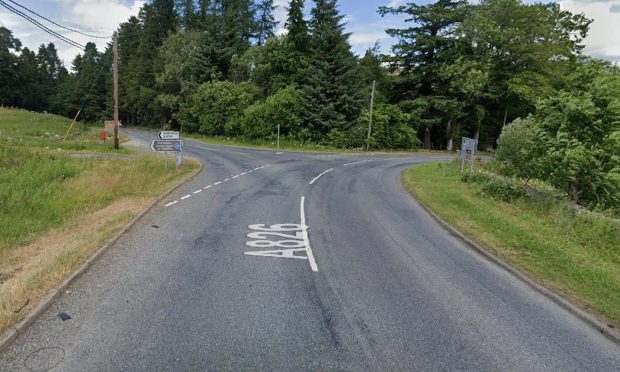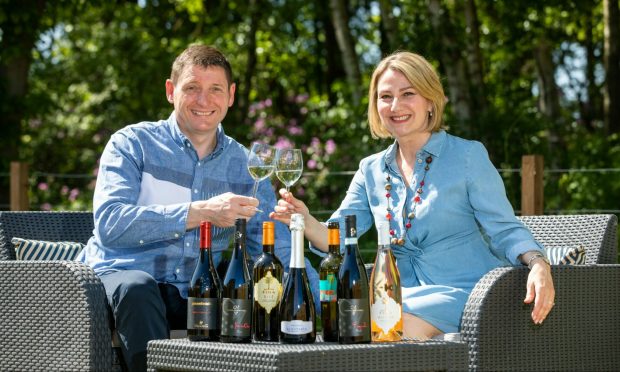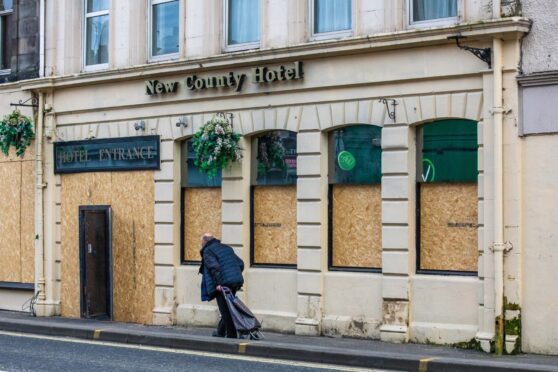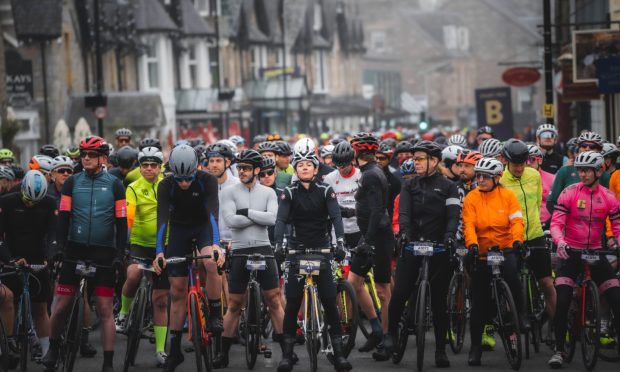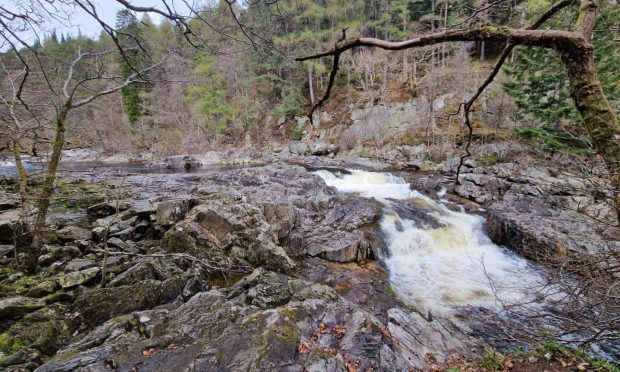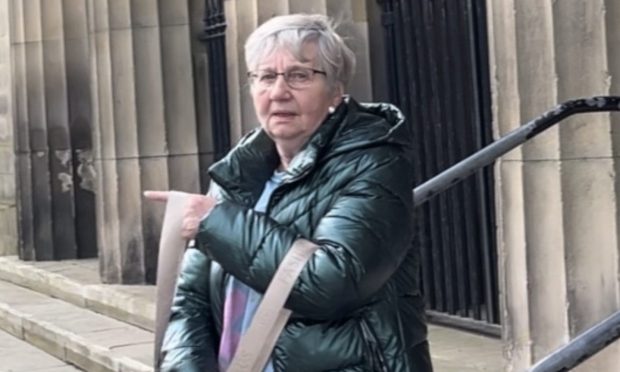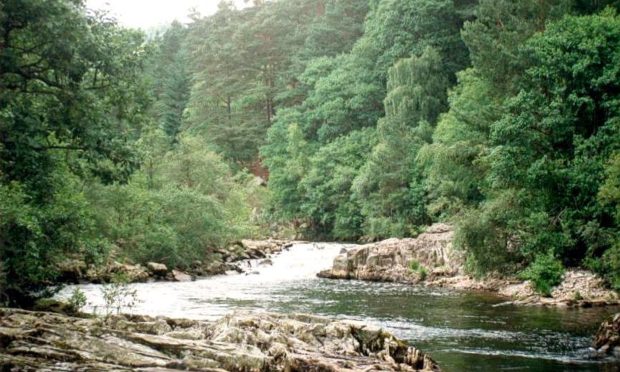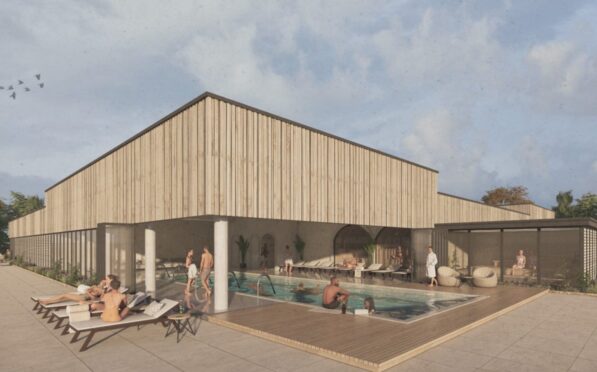The roll-out of Gaelic — described by one councillor as not being used in Kinross-shire since the Middle Ages — has divided opinion among council chiefs.
Perth and Kinross Council are pressing ahead with the use of the language in a “measured” manner according to John Fyffe, the local authority’s senior depute chief executive, who told councillors this week that their Gaelic plan will identify towns and villages in Perth and Kinross that have an historical or cultural link with Gaelic.
However, the council’s decision to include Gaelic at schools in Perth and Kinross didn’t meet favourably with Kinross-shire Councillors Willie Robertson and Michael Barnacle.
The latter told a full council meeting this week that he must “offer a word of caution” with most of Kinross-shire not speaking Gaelic since the Middle Ages.
“I am pleased to see the council will concentrate on people learning Gaelic in places with historical ties to the language, which Kinross-shire doesn’t,” he said.
And Mr Robertson added: “Many residents living on the periphery of Perth and Kinross speak broad Scots — it’s a wonderful language, as you can read in the works or Robert Burns. I would urge its use rather than Gaelic.
“I’d also ask the council to consult people before rolling out Gaelic in local authority wards — otherwise they run the risk of upsetting constituents.”
Mr Robertson also asked council chiefs why councillors now receive information from the local authority in both English and Gaelic.
“Is there a translation I should be aware of?” he commented.
“Is the ultimate aim to make many of us bi-lingual?”
Councillor Ian Miller, leader of Perth and Kinross Council, told the meeting that an updated Gaelic language plan covering the period until 2023 will be considered by the local authority at a meeting to take place in December.
“The Gaelic language has been an integral part of the history of Perth and Kinross for hundreds of years and although the spoken dialect of Perthshire Gaelic has been recently lost, it is nevertheless a living memory, particularly for those from Highland Perthshire,” he said.
His motion to approve future plans for the language was seconded by Councillor Dave Doogan who addressed the meeting in full Gaelic.
This was met by some derision by Councillor Peter Barrett who told the meeting he hoped Mr Doogan had not “caused offence” by the contents of his speech.
“I was slightly alarmed that there might have been something offensive in this speech,” he said.
